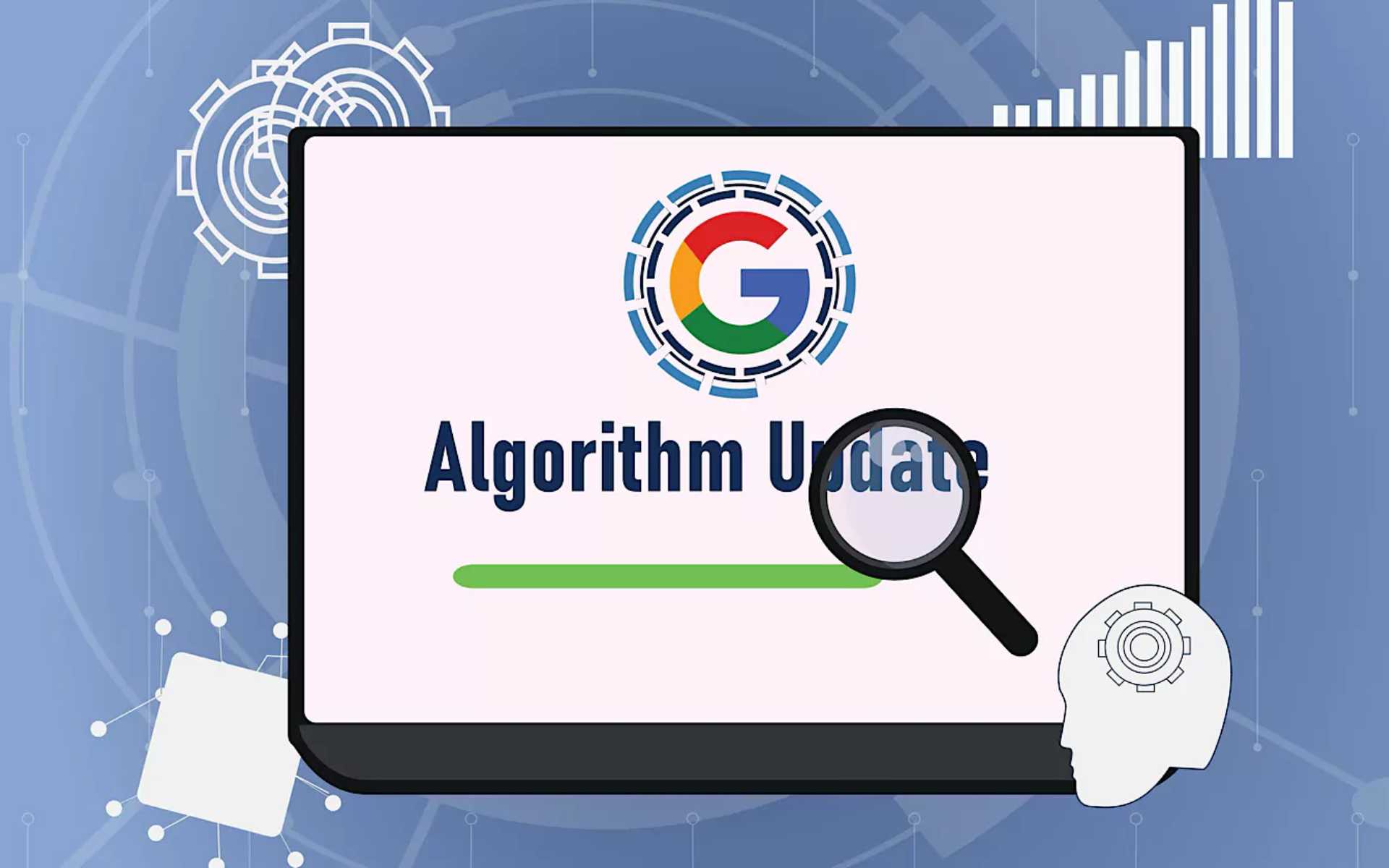Google recently rolled out updates to its search snippet documentation, shedding light on the factors influencing its algorithm’s selection for search result snippets. This modification carries potential implications for the crafting of meta descriptions and optimizing content.
Unveiling the Essence of Search Results Snippets
Within the search engine results pages (SERPs), a webpage typically includes a title, a URL breadcrumb, and a concise description known as a snippet. This snippet serves as a brief overview of the webpage’s content. Traditionally, snippets were derived from meta descriptions, but this practice has evolved.
Google's Clarity on Snippet Guidance
In its Search Central documentation update, Google clarified that the main source of a snippet is the page content itself. This clarification underscores that structured data and meta descriptions are not the primary determinants for search snippets.

The official documentation states:
“What: Clarified in our documentation about snippets that the primary source of the snippet is the page content itself. Why: The previous wording incorrectly implied that structured data and the meta description HTML element are the primary sources for snippets.”
Evolving Google Snippet Documentation
Google’s revisions in the snippet documentation involved a significant reduction in words, altering the previous version’s emphasis on the meta description. The original documentation implied that snippets primarily originated from the meta description. The updated version now firmly establishes that the page content is the predominant source, with the meta description being a secondary consideration.
Old Version:
“Google uses a number of different sources to automatically determine the appropriate snippet, including descriptive information in the meta description tag for each page. We may also use information found on the page, or create rich results based on markup and content on the page.”
New Version:
“Google primarily uses the content on the page to automatically determine the appropriate snippet. We may also use descriptive information in the meta description element when it describes the page better than other parts of the content.”
Shift in SEO Guidance
The modifications in Google’s guidance have ramifications for SEO practices, particularly dispelling outdated advice regarding meta descriptions. Many SEO guides suggest optimizing meta descriptions as “advertising copy” with targeted keywords for bolding in search results. However, Google’s updated guidance emphasizes that keywords in meta descriptions are not for ranking purposes, and the primary role is to provide an accurate and concise description
Correct Use of Meta Descriptions
Referencing the official W3C HTML specification for meta descriptions, the guidance underscores that the value of the meta description should be a free-form string describing the page. It also clarifies that Google’s focus is not on displaying search-optimized snippets but on presenting an accurate description of the webpage.
Google’s recommended approach for meta descriptions aligns with the official meta description HTML specification:
“Google will sometimes use the <meta name=”description”> tag from a page to generate a snippet in search results, if we think it gives users a more accurate description than would be possible purely from the on-page content.”
Takeaway: A Paradigm Shift in Snippet Strategy
The key takeaway from Google’s updated snippet guidance is a paradigm shift – content is the primary snippet source, and keywords in meta descriptions must be used judiciously. The days of keyword stuffing in meta descriptions are over, replaced by an emphasis on accurately describing the webpage’s content.







